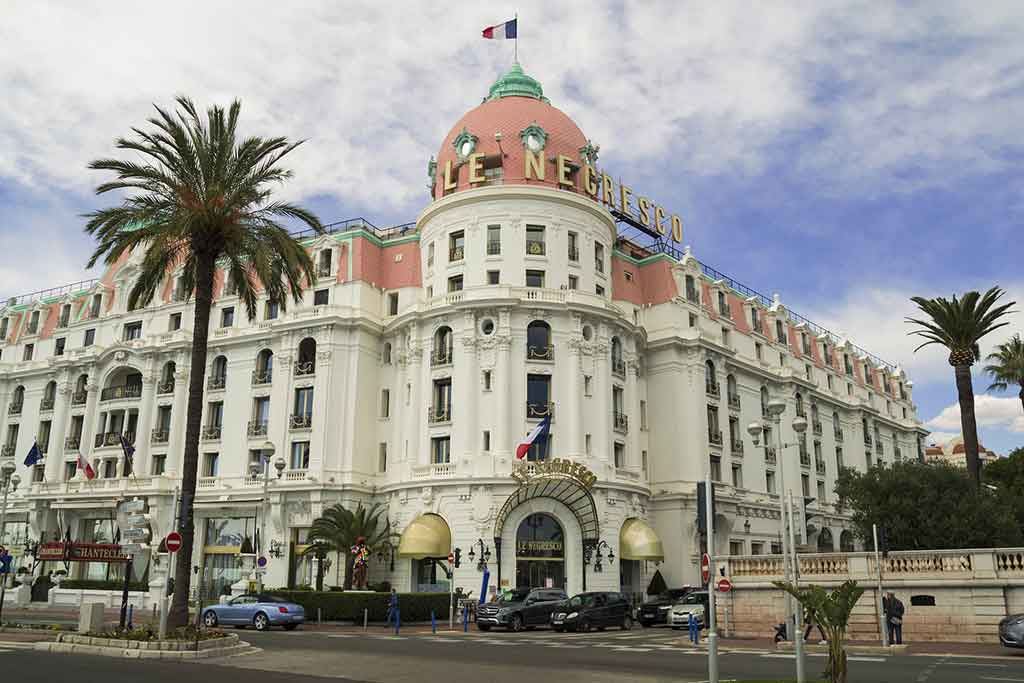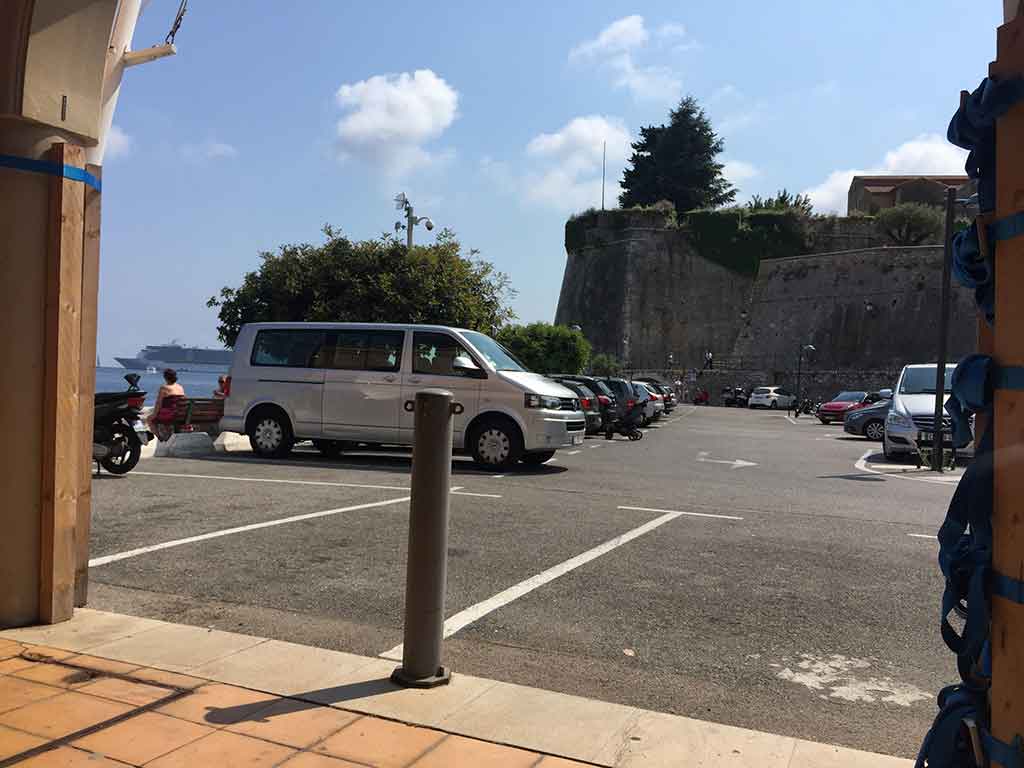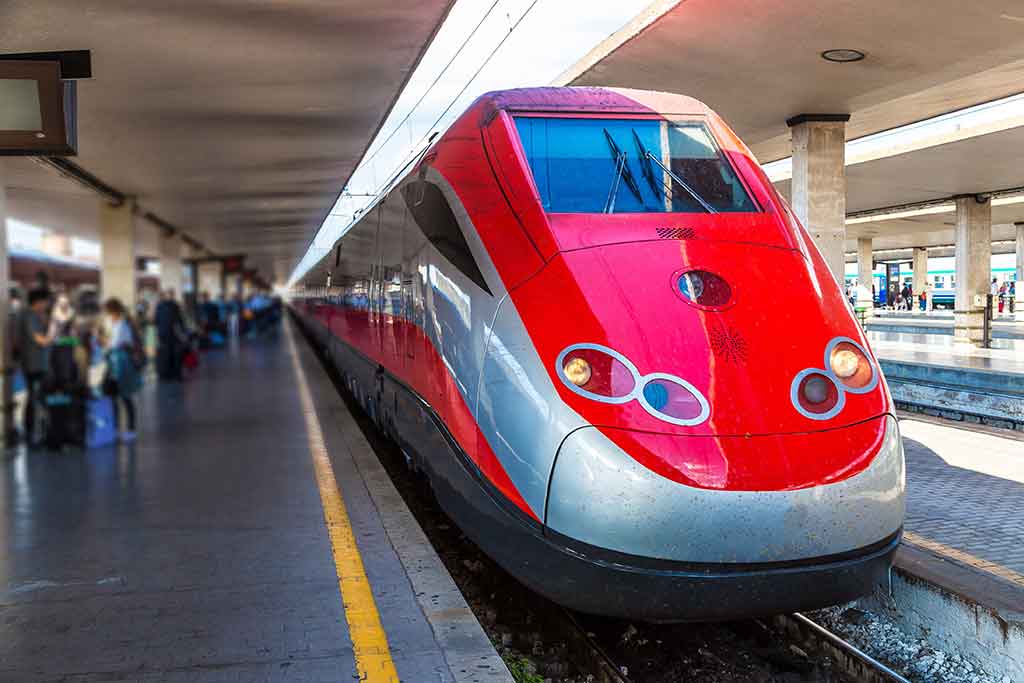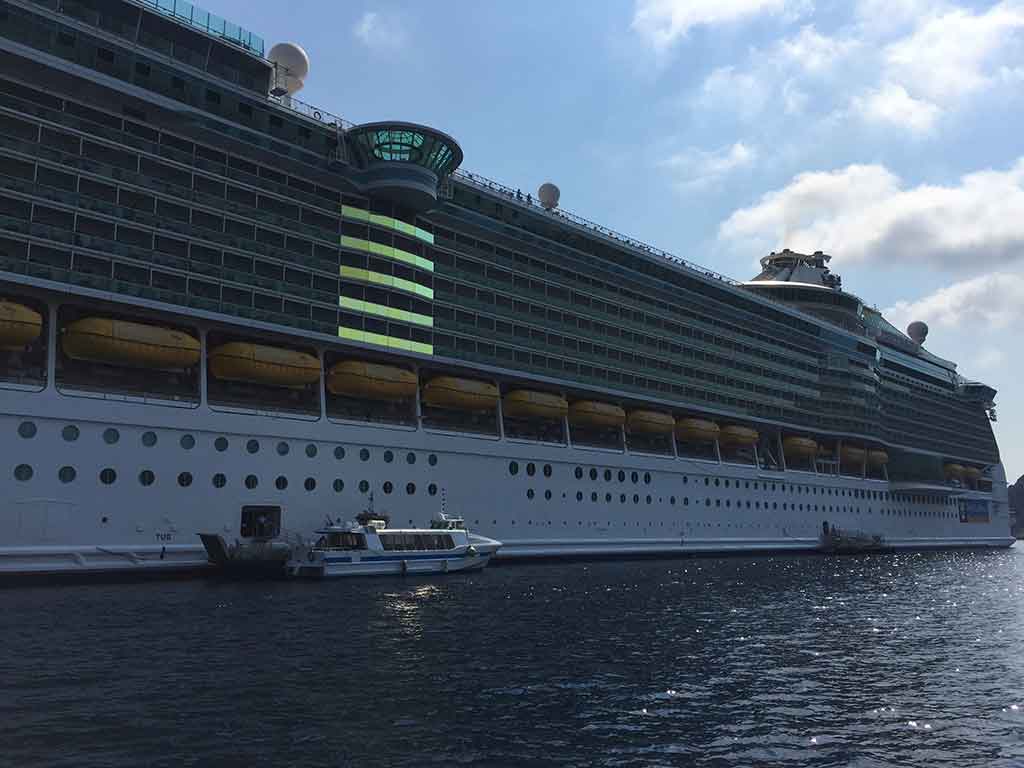Ever wondered why people from all over the world flock every year to French Riviera, France and what makes it a popular travel destination? This romantic place, based in the stunning sunny south of France, was home to the world’s greatest artists. This is precisely what made it one of the best travel destinations. Several others wandered throughout the Riviera’s villages, and Picasso, Matisse, van Gogh, drawn by the way the sun washed over the sea and the buildings. Before it became famous as the one of most popular travel destinations across the world, the area was a house to fishing villages that are quiet and it is no wonder that fathers of art found inspiration here.
Located where the Mediterranean meets the Alps, the French Riviera enjoys a pleasant and mild climate throughout the year, but if you want your trip for spring or fall you’ll be able to avoid the summertime tourists and explore the shoreline in sandals and sun hats.
The Intriguing History, Art & Culture of French Riviera


French Riviera is not the biggest of areas but it did draw some attention from some artists who later on became famous for their immense talent. Some were Claude Monet, Pablo Picasso, Paul Cezanne, Henri Matisse, and Edvard Munch; the list could go on and on! The arrival of artists coincided with the arrival of the upper class, that begun to commission and fund artists living there in return for artwork pieces. From then on, the French Riviera, also famous as the Cte d’Azur, developed into one of the favourite holiday destinations for the rich and became a thriving cultural centre for art.
Some Essential Information About French Riviera


French Riviera oozes of raw beauty which will capture your heart and you will not want to leave this destination. Trust me, I had a hard time convincing myself that I need to move on to next popular destination.
In the event that you plan to explore nearby places, like Nice or Cannes, don’t stress over leasing a vehicle. These towns are pedestrian friendly, so you can walk anytime to a close-by town. Besides, movement all through Cannes and Monaco is infamous and parking spots are hard to discover.
Significant retail chains and basic supply shops might be open on Sundays; however, the vast majority of the boutiques and markets are shut. The same goes for eateries, which may likewise be closed on Mondays. Historical sites in France are ordinarily closed either on Mondays or Tuesdays.
The vast majority of the private shorelines close their entryways in the beginning of October or November. Thirty shorelines over the Côte d’Azur stay open all year. This incorporates Plage Beau Rivage and Blue Beach along the Promenade des Anglais in Nice, and in addition L’écrin and Plage Goëland on the Boulevard de la Croisette in Cannes.
Travellers can do a lot of touring and visit 180 tourist sites on the French Riviera with the Côte d’Azur Card (45€ for a 3-day grown-up pass; 72€ for a 6-day grown-up pass). The pass provides access to galleries like Monaco’s Oceanographic Museum, and kayak rentals in Menton and guided tours.
How to Reach French Riveria?
Being a burgeoning travelling spot, French Riveria has an amazing connectivity, be it by air, train, road or sea.
1. By Air:


In summers, Nice Côte d’Azur directly connects to 100 destinations in 32 countries through 55 listed airline companies.
Ideally located in the centre of the Alpes-Maritimes region, at the gateway of Nice, it is almost at the same distance from Cannes and Monaco.
2. By Road:


France’s motorway links the Riviera to entire Europe. There is an 8-hour drive from Paris to Nice.
Some examples are- Nice: Milan 320 km, Geneva 630 km, Barcelona 670 km, Rome 710 km, Munich 810 km, Paris 950 km, Brussels 1,220 km, Amsterdam 1,400 km.
3. By Train:


High-Speed and Express Trains (TGV and Train Corail) from the Riviera connect the coast to all French regions and major European cities. The TGV Méditerranée (high-speed train) takes you from Nice to Paris in 5 hours 25 minutes.
4. By Sea:


The ports of Nice, Cannes, Villefranche-sur-Mer and Monaco are major Mediterranean stops for a majority of cruise lines. Their passenger stations provide direct access to shopping and sight-seeing in these places.
2 car-ferry companies provide regular trips to Corsica and provide very attractive discount rates, depending on the date and time of your journey:










